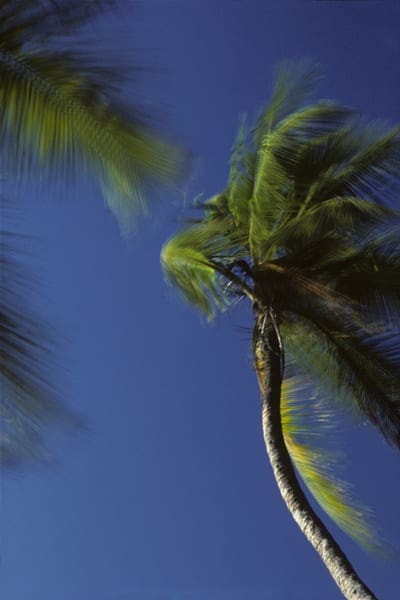Tips for Creating Active Summer Photos

Our contemporary lifestyles are anything but still, especially now. Summer can be the most physically active season of the year for many of us, so why not activate those summer-time photographs with a little motion-blur to convey those experiences to a viewer with a greater amount of expression? Using the property of implied motion in your photographs requires a bit more technical risk-taking in camera handling, but these images can be very rewarding.

Excellent sharpness and stillness is something that most people expect to see, and what every camera manufacturer promises to deliver in a photograph. That makes sense, because as an image-saturated culture, we are conditioned to think that a still-camera is the tool for creating still pictures, whereas a motion-picture camera is the tool used for creating motion pictures. However, this rationale is just like telling a person that plays clarinet that their music sounds like a clarinet. Where in fact, if the artist knows how to control the instrument a clarinet is capable of playing in a very wide variety of genre, and a listener hears the music, not the clarinet. Musical instruments and cameras are merely high-precision, high-expense tools in which we invest time to get better at expressing ourselves with.

For just a moment now, think of a recent time in which using a digital camera felt rather uneventful because the images downloaded didn’t convey the essence of what it felt like to be in the activity. Here’s my point… the next time out with the digital camera, put it into the Manual mode, and consider producing a few frames with some motion blur along with the reliable auto or program mode methods. Allowing yourself to twist the ideas of stillness and motion together, in creating a photograph, puts you on the path to creating a visual crescendo about the event. By the way, I am still looking very closely for the auto or program mode setting on my son’s clarinet. If you know where that button is, please let me know.
Requirements:
• Digital SLR Camera
• Put the camera into its fully-manual mode, and have a good understanding of how the light meter functions. Being able to change the aperture and shutter speed independently allows you to control the camera, and provides an opportunity to be more creative.
• Choose the slowest-speed ISO setting available on the digital camera (usually 100).
Consider Implementing One of These Techniques:
• Create motion-blur with naturally moving objects…
—Tripod required. The movement of the palm trees was captured in the middle of the day by choosing a low ISO (50) and smallest-aperture opening on that lens (f/32). Using a Polarizer filter not only increases the image color saturation, it reduces the amount of light entering the lens, by 1.5 to 2 stops. Those three actions in reducing light creates the need to choose a very long shutter speed to achieve a normal exposure. In this case, the wind was strong and the exposure time was about 6 seconds long.



